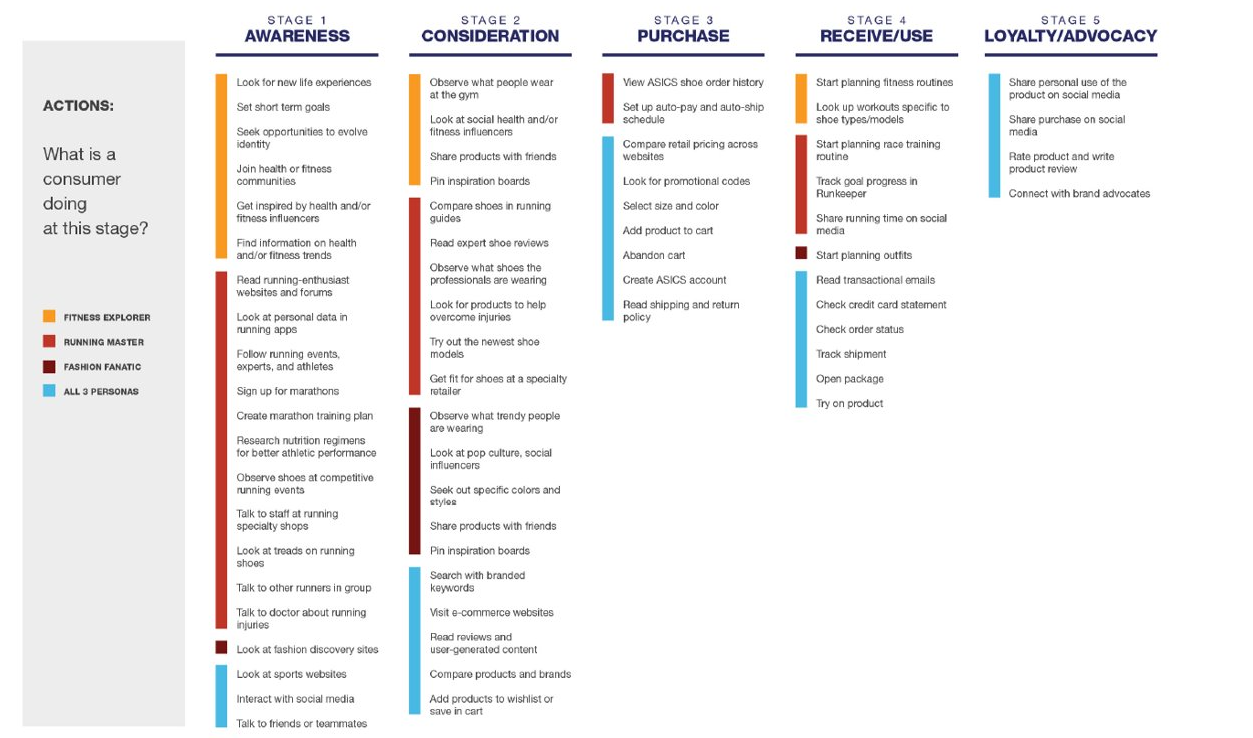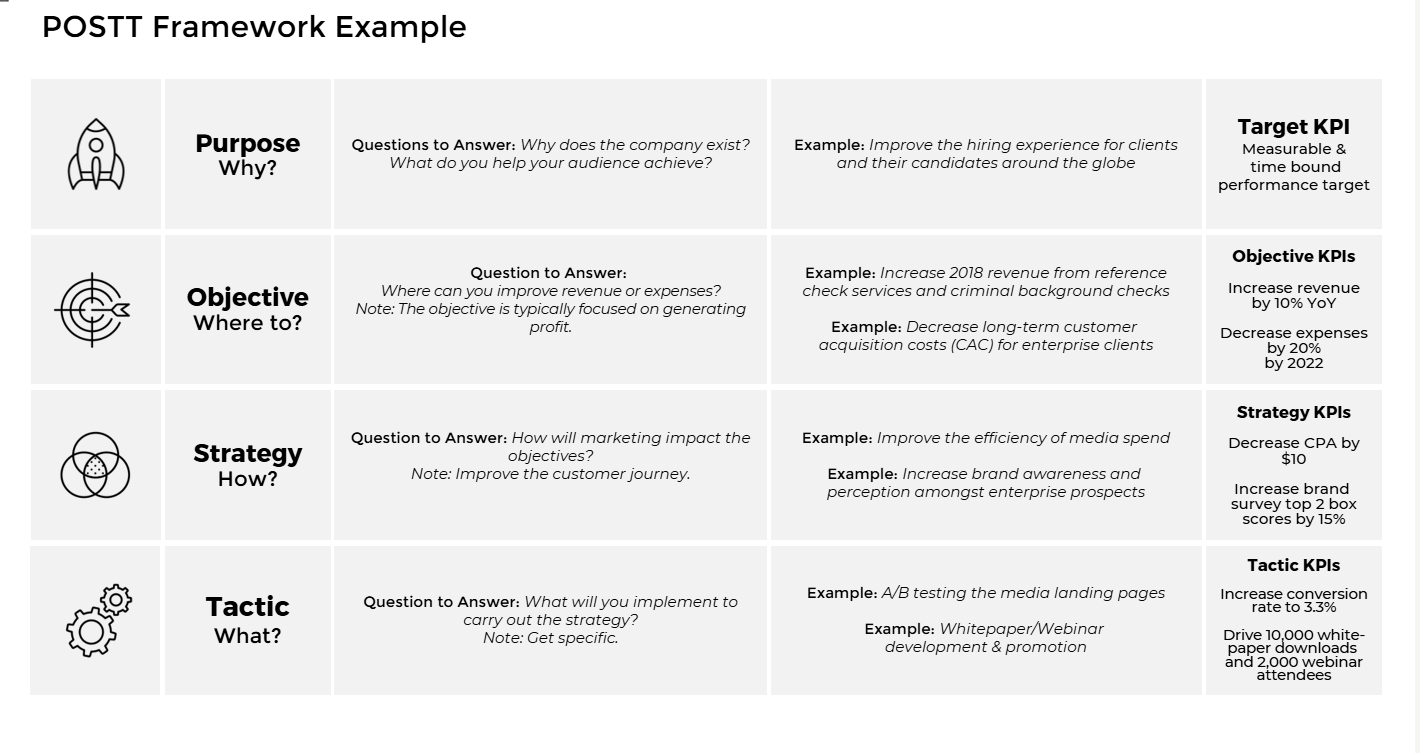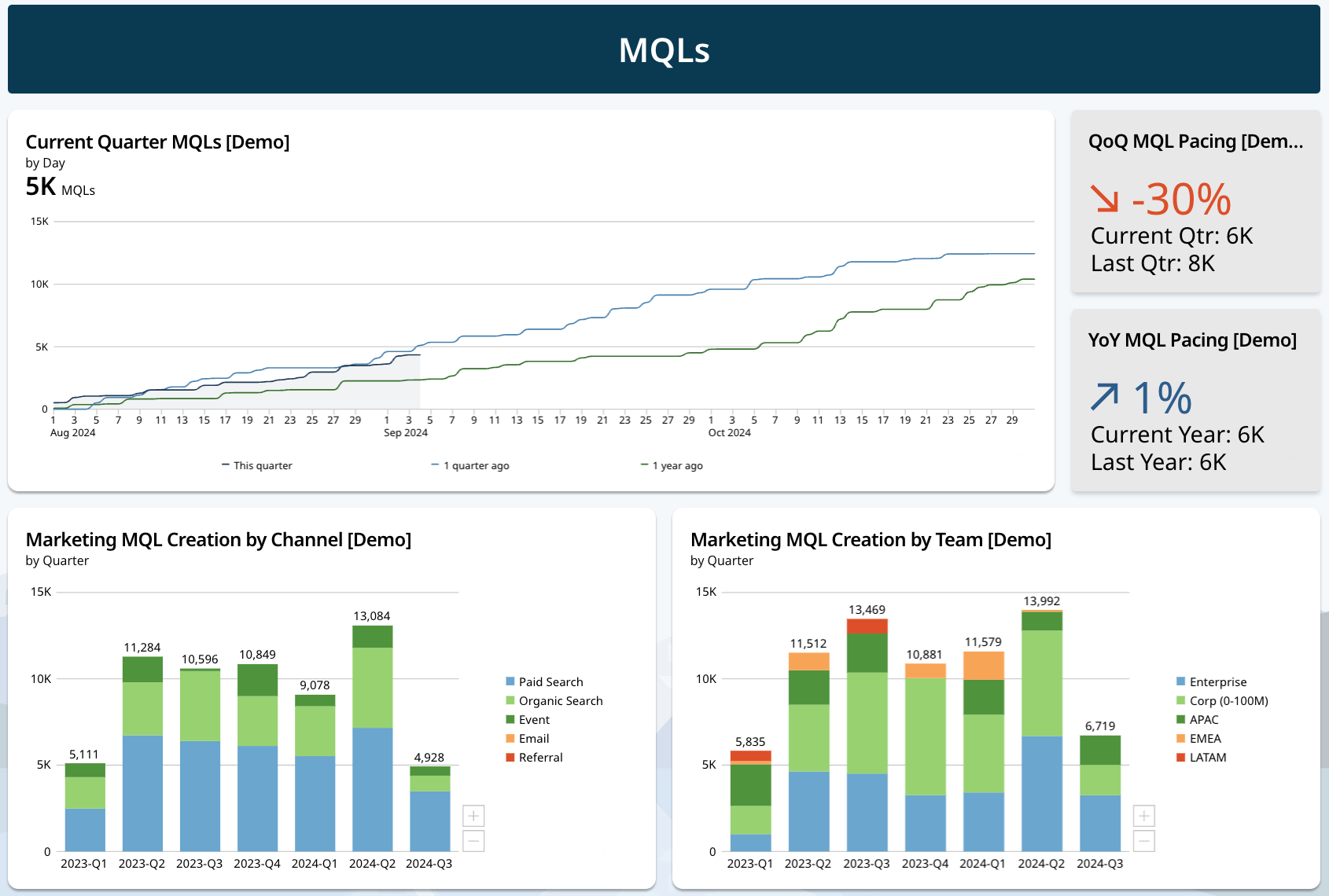Feeling the Strain? Do Less, Better: A Path to Marketing Alignment
Your teams are busy. Campaigns are running across paid, social, email, and web. Internal demands are rising, expectations are high, and yet something still feels off.
Despite all the motion, results feel inconsistent. Channels seem disconnected. Metrics do not align, and it is getting harder to draw a straight line between marketing activity and business impact.
If this resonates, you are not alone. Many enterprise marketers are facing the same challenge. And while the instinct may be to do more, the real opportunity lies in doing less and doing it better.
The Case for Doing Less, Better
More activity does not always mean more progress. In fact, it often produces the opposite.
The most effective enterprise marketing strategies are built on clarity. When teams focus on fewer, higher-impact efforts that align across channels and meet customer needs with purpose, the results are not just better—they are more sustainable.
Here is how your teams can work to make that shift.
Step Back Before You Step In
Before jumping into solutions, it is essential to understand what is really happening, both from your customer’s perspective and within your organization. This first phase creates clarity. It reveals the disconnects between what customers expect and what your teams are delivering.
1. Reconnect Around the Audience

Customer Journey Map
Every effective strategy begins with understanding who you're trying to reach. But in enterprise marketing, that understanding can get buried under internal priorities, timelines, and tactics. When plans are built around what the business wants to say rather than what the customer needs to hear, efforts become scattered, and results suffer.
By taking time to realign your strategy with the customer’s point of view your team creates a foundation for every decision to build on.
Start by evaluating:
-
Who you are trying to reach: Define their current behaviors, motivations, and challenges
-
The lifecycle of their journey: awareness, consideration, purchase, and retention
-
Real-world touchpoints customers encounter at each stage
-
Data and feedback to understand what they think, feel, and need in each moment
-
Inconsistencies in message, tone, or timing that may disrupt the journey
-
Any content or channel gaps that could be creating friction
This customer-first view helps shift your strategy from assumptions to evidence.
2. Audit Your Internal Efforts
Once you understand the external experience, look inward to evaluate what you are putting into the market. This is where clarity around resources, ownership, and intent begins to take shape.
This step is critical for spotting where marketing efforts are misaligned with audience needs. It helps you avoid duplicate work, uncoordinated campaigns, and inconsistent messages.
Each active campaign or asset, document should include:
-
Its objective and intended outcome
-
The audience segment it targets
-
The journey stage it supports
-
The delivery channel and message
-
The measurement approach and KPI
-
The team responsible for execution
Then, analyze your channels through the same lens:
-
Are all journey stages supported by the right content and tactics?
-
Are some channels overused while others are ignored?
-
Are customer handoffs between channels smooth or fragmented?
-
Are Teams using different KPIs for the same objective?
This step gives you a realistic picture of what your organization is doing and how that activity supports or disrupts the customer journey.
3. Identify the Friction
The intersection of customer needs and internal execution is where friction becomes visible. You may have strong teams and strong assets, but if they are not aligned to the journey, they can create confusion or frustration for your audience.
This is not about blame. It is about finding the points where your system is not working as intended. When you address these root causes, you remove barriers to both performance and cohesion.
Look for signs of:
-
Overlapping campaigns that confuse or overwhelm your audience
-
Missing content at key decision-making points
-
Conflicting messaging across channels or Teams
-
Sudden drop-offs between stages in the journey
-
Performance metrics that reward isolated wins instead of shared success
By identifying friction, you uncover the gaps that need to be closed and the efforts that need to be refined. Now you can move toward rebuilding with intention.
Build Forward with Clarity
Once you’ve identified the moments and causes of misalignment, the next phase focuses on building a unified structure that turns insight into action. This is where your strategy becomes a system. It gives teams the clarity they need to focus, collaborate, and improve over time.
4. Create a Unified Strategy

POSTT Framework Template
Disjointed planning is one of the most common sources of misalignment in enterprise marketing. When each team or channel builds strategy in isolation, the result is duplicated efforts, fragmented messaging, and disconnected KPIs.
This step is about bringing everyone under a shared strategic framework. You do not need to rebuild from scratch. Instead, you can connect existing efforts to a common structure that ensures teams are contributing toward a shared outcome.
At Red Door Interactive, we use the POSTT framework to align cross-functional teams around a single, actionable plan:
-
Positioning: Define the business outcome your marketing supports
-
Objectives: Set measurable goals tied to that outcome
-
Strategies: Identify the big moves that will help you reach those goals
-
Tactics: Outline the specific actions each Team will take, by channel and journey stage
-
Target KPIs: Establish shared performance indicators so everyone measures progress the same way
This framework connects day-to-day marketing activity to larger business goals. It gives your teams a playbook they can trust, while still allowing flexibility to respond to changing needs. With a shared plan in place, the next step is making sure you have the infrastructure to measure progress consistently.
5. Create Performance Alignment

Domo Dashboard Example
Even when done with intention, it’s not enough to set KPIs. You also need to ensure your organization is equipped to track, report, and act on those KPIs in a consistent and reliable way. Otherwise, even the strongest strategy can break down in execution. Causing teams to default back to siloed efforts.
This step is about building the systems that connect performance to decision-making.
Start by defining (or refining) the data you're collecting:
-
Confirm every journey stage has measurable indicators
-
Standardize how teams define and report metrics
-
Assign clear data sources for each KPI
-
Ensure tracking is setup & working properly (UTMs, events, gaols, etc.)
-
Validate and QA data regularly
After your tracking infrastructure is fully implemented, the next step is to bring your data together in a centralized space for easy review. Whether you use Domo, Tableau, Sheets, or another platform, your dashboard should:
-
Consolidate channel and campaign data in one place
-
Reflect POSTT-aligned KPIs at every journey stage
-
Enable filters by audience, channel, and initiative
-
Provide a consistent view of progress that all Teams can access
This dashboard shouldn’t just report on performance—it should enable action. Keeping teams aligned on what matters most to enable more confident decisions.
6. Make Realignment a Habit
Even the best strategies need to evolve over time. Priorities shift. Markets change. Teams change. That’s why real alignment is not a one-time reset, it’s an ongoing practice of reflection and recalibration.
At Red Door, we utilize Quarterly Business Reviews (QBRs) to help ensure strategic clarity isn’t lost over time. By building a regular cadence of review, you can stay responsive to audience needs, market signals, and internal shifts without scrambling to reinvent your plan.
In every QBR, we recommend including:
-
A review of KPI performance by journey stage and channel
-
Insights drawn from your shared dashboard
-
A discussion of what is working, what is not, and why
-
A look ahead at any shifts in audience behavior or business goals
-
Updates to the POSTT framework, if needed
The output of each QBR should be a 90-day action plan. This plan defines:
-
What will be continued or scaled
-
What will be revised or paused
-
Where new focus is needed based on current insights
This rhythm turns your strategy from a static plan into a living system that responds to your business but remains grounded in your audience.
Marketing That Feels Lighter, but Works Harder
Disconnected marketing is not a failure. It is a symptom of doing too much without enough clarity.
When you take time to step back, refocus on your audience, and align your Teams around a shared framework, everything begins to click. Channels reinforce each other. Messages stay consistent. Results become easier to measure and improve.
You do not need more campaigns. You need more focus.
You do not need to speak louder. You need to speak more clearly.
Do less, better—and the results will follow.
If your teams are ready to create a more connected, audience-centered approach, Red Door Interactive can help. We work alongside marketing leaders to uncover misalignment, reframe strategy through the lens of customer experience, and build the systems that keep teams moving forward, together.
Let’s connect and explore how to make your marketing more focused, integrated, and effective.
